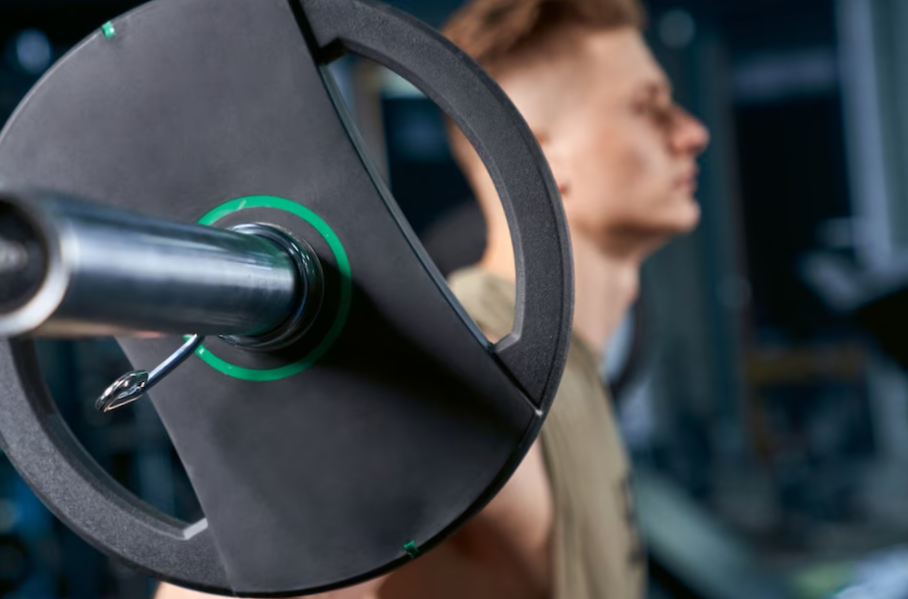Weightlifting is a type of exercise that involves lifting weights or using resistance machines to increase muscle strength and endurance. Weightlifting can be done for various purposes, such as improving athletic performance, enhancing body composition, or preventing or treating health conditions. Weightlifting is an important component of overall fitness, as it can provide many benefits for physical and mental health.
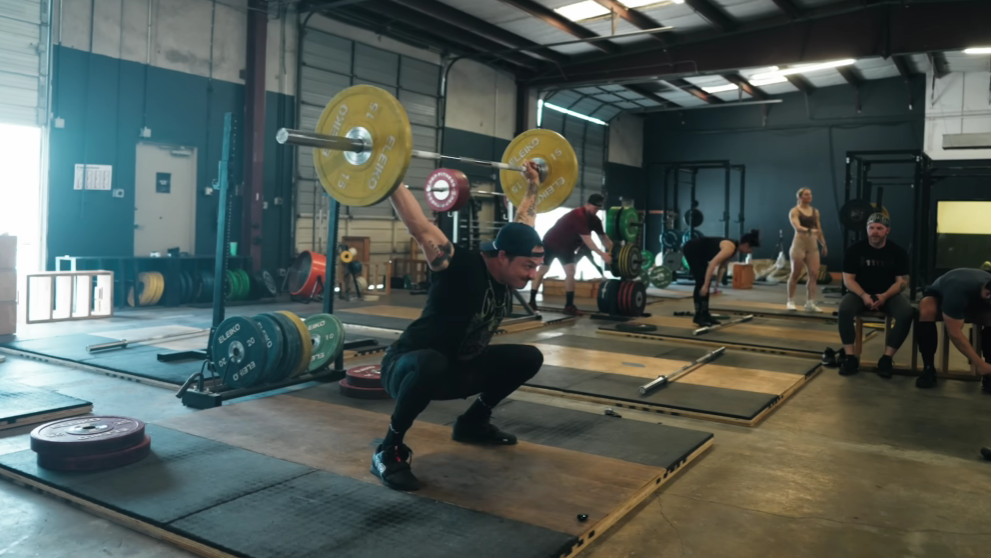
Weightlifting can help improve overall fitness by strengthening the muscles, bones, joints, and heart. Some of the benefits of weightlifting for fitness are:
- Muscle strength: Weightlifting can increase the size and strength of the muscle fibers, which can improve the ability to perform daily activities and prevent injuries. Muscle strength can also boost metabolism, as muscles burn more calories than fat even at rest.
- Bone density: Weightlifting can stimulate bone formation and reduce bone loss, which can prevent or delay osteoporosis and fractures. Bone density can also affect posture, balance, and mobility.
- Joint stability: Weightlifting can strengthen the ligaments and tendons that support the joints, which can improve joint function and reduce the risk of arthritis and joint pain. Joint stability can also enhance coordination and agility.
- Cardiovascular health: Weightlifting can improve blood circulation, lower blood pressure, reduce cholesterol levels, and decrease the risk of heart disease and stroke. Cardiovascular health can also affect energy levels, mood, and cognitive function.
Weightlifting can be more effective than other types of exercise for improving fitness in some aspects.

For example, weightlifting can increase muscle mass more than aerobic exercise, which can improve body composition and appearance. Weightlifting can also increase bone density more than aerobic exercise, which can protect against osteoporosis and fractures. However, weightlifting alone is not enough to achieve optimal fitness. Aerobic exercise, such as running, cycling, or swimming, is also necessary to improve cardiovascular endurance, oxygen delivery, and calorie expenditure. Therefore, it is important to include weightlifting in a well-rounded fitness routine that combines both aerobic and anaerobic exercise.
Proper form and technique are essential for safe and effective weightlifting. Improper form and technique can lead to injuries, such as muscle strains, sprains, tears, or ruptures; joint dislocations or inflammation; nerve damage or compression; or spinal disc herniation or degeneration.
Some of the common weightlifting injuries and how they can be prevented are:
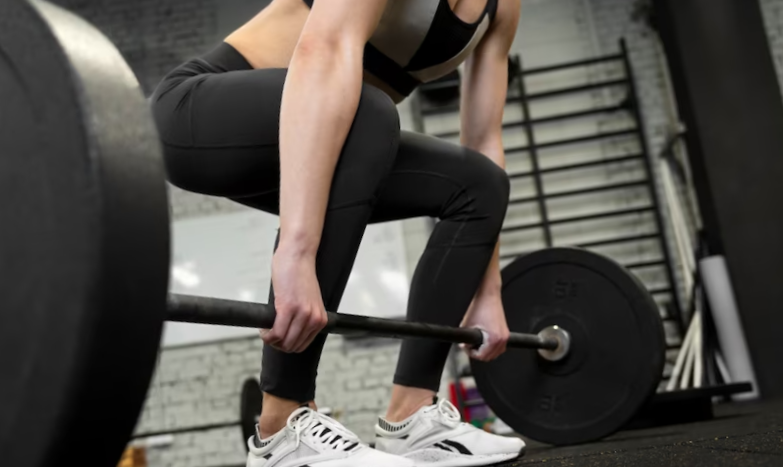
- Muscle strains: Muscle strains occur when a muscle is overstretched or torn due to excessive force or fatigue. Muscle strains can be prevented by warming up properly before lifting weights; using appropriate weights that match the level of strength and experience; performing the exercises with correct form and alignment; avoiding jerky or explosive movements; resting adequately between sets and sessions; and stretching after lifting weights.
- Joint injuries: Joint injuries occur when a joint is damaged or inflamed due to excessive stress or impact. Joint injuries can be prevented by using proper form and technique when lifting weights; avoiding locking or hyperextending the joints; choosing exercises that suit the joint range of motion and stability; using protective equipment such as gloves, belts, wraps, or braces; modifying or avoiding exercises that cause pain or discomfort; and seeking medical attention if symptoms persist or worsen.
- Spinal injuries: Spinal injuries occur when the spine is injured or degenerated due to compression or torsion. Spinal injuries can be prevented by maintaining a neutral spine position when lifting weights; engaging the core muscles to support the spine; avoiding rounding or arching the back; keeping the head aligned with the spine; lifting weights close to the body; avoiding twisting or bending the spine; using a spotter or a rack when lifting heavy weights; and strengthening the back muscles to protect the spine.
Benefits of consulting with a personal trainer or fitness professional for proper form and technique are:

- A personal trainer or fitness professional can assess the current level of fitness and design a personalized weightlifting program that meets the goals and needs of the individual.
- A personal trainer or fitness professional can demonstrate how to perform each exercise correctly and safely, and provide feedback and corrections on form and technique.
- A personal trainer or fitness professional can monitor the progress and performance of the individual, and adjust the weightlifting program accordingly.
- A personal trainer or fitness professional can motivate and encourage the individual to stay on track and overcome challenges.
- A personal trainer or fitness professional can provide additional tips and advice on nutrition, rest, recovery, injury prevention, and other aspects of fitness.
Nutrition and rest are key components of weightlifting success. Nutrition and rest can affect how well the muscles respond to weightlifting stimuli, how fast they recover from training sessions, how much they grow in size and strength, and how well they perform in subsequent workouts.
Some of the effects of nutrition and rest on weightlifting success are:
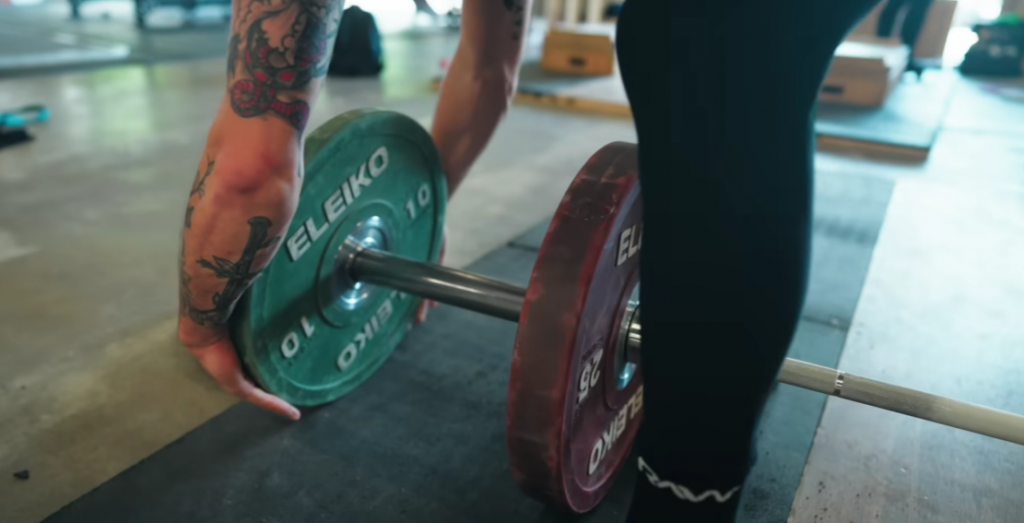
- Nutrition: Nutrition provides the energy and nutrients that the muscles need to function, repair, and grow. A balanced diet with plenty of protein and other nutrients can enhance weightlifting performance and results. Protein is especially important for building and repairing muscles, as it provides the amino acids that are the building blocks of muscle tissue. The recommended amount of protein intake for weightlifters is 1.2 to 2 grams per kilogram of body weight per day. Other nutrients that are essential for weightlifting success are carbohydrates, which provide the fuel for muscle contraction; fats, which provide the energy for longer and more intense workouts; vitamins and minerals, which support various metabolic processes and immune functions; and water, which hydrates the cells and transports nutrients and waste products.
- Rest: Rest allows the muscles to recover from the stress and damage caused by weightlifting, and to adapt and grow stronger. Rest also prevents overtraining, which can impair muscle growth and performance, and increase the risk of injury and illness. The recommended amount of rest for weightlifters is 48 to 72 hours between training sessions for the same muscle group. Rest also includes getting enough sleep, which is vital for muscle recovery and growth, as well as hormonal balance, mental health, and overall well-being. The recommended amount of sleep for weightlifters is 7 to 9 hours per night.
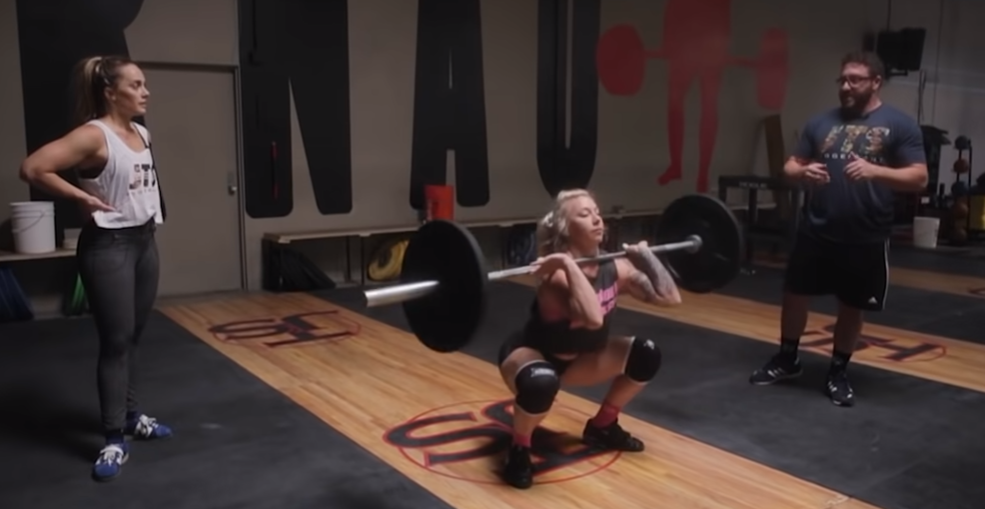
Nutrition and rest can have a significant impact on weightlifting success compared to exercise alone. Studies have shown that nutrition and rest can enhance muscle strength, size, power, endurance, and recovery more than exercise alone . Nutrition and rest can also improve body composition, metabolic rate, immune function, mood, and cognitive performance more than exercise alone . Therefore, it is important to pay attention to nutrition and rest as much as to exercise when pursuing weightlifting goals.
Weightlifting is a great way to improve overall fitness, as it can strengthen the muscles, bones, joints, and heart. However, weightlifting requires proper form and technique, as well as nutrition and rest, to be safe and effective. By incorporating weightlifting, proper form and technique, and nutrition and rest into a fitness routine, one can enjoy the maximum benefits of weightlifting for a healthier, stronger body.
The responses below are not provided, commissioned, reviewed, approved, or otherwise endorsed by any financial entity or advertiser. It is not the advertiser’s responsibility to ensure all posts and/or questions are answered.

